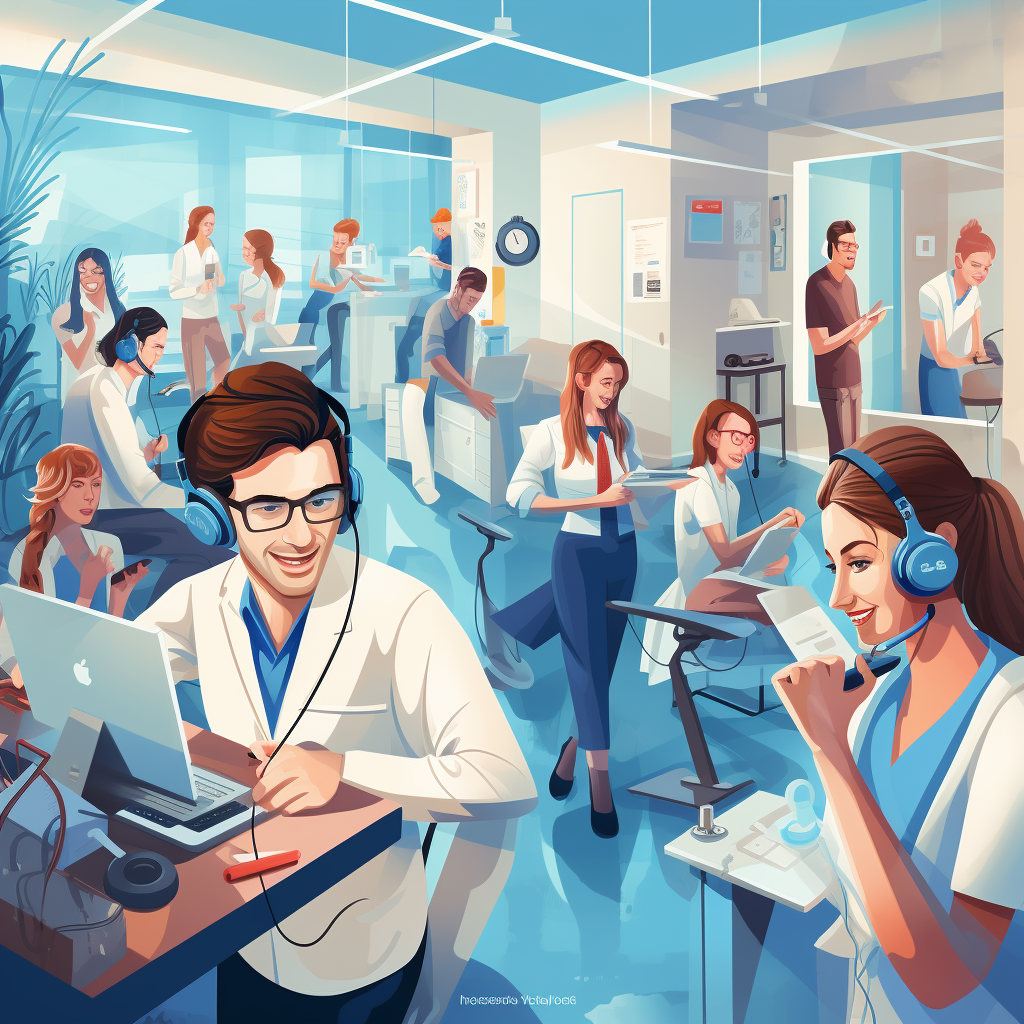
What Telemedicine Can Learn from Telehealth Nursing?
As I’ve watched and consulted with companies implementing new telehealth initiatives, I can’t help but feel like I’m watching organizations learn the lessons that nursing had to learn years ago.
I would never pretend that I am qualified to train a physician how to practice medicine; however, I think it’s important to share some of my takeaways from 25 years of developing specialty nursing practices at Telehealth Triage.
BE TRANSPARENT
C- Suite gives the go ahead for all organizational initiatives and Telemedicine is no different. So that all of the stakeholders involved are fully onboard and committed to the project it is best that the highest level executive communicate reasons you have for implementing telemedicine.
It gives the effort credibility and importance and plain old clout!
This core mission for transitioning needs to be part of your organization’s internal communications; it should drive all metrics and performance goals.
Start by picking only 3 of the following, and for each specify measurable goals:
- Growth
- Access
- Revenue
- Community
TELEHEALTH IS FOCUSED ON VALUE-BASED CARE
Telehealth already has amazing benefits: reducing no-shows or late arrivals; eliminating transportation or weather problems; keeping frail patients in the comfort of their homes as well as being able to see more about patients’ home lives. The benefits of telemedicine will continue to grow as it becomes a critical tool for care delivery.
Telehealth is much more than virtual care – telehealth is the practice of medicine via technology.
NARROW YOUR FOCUS
- It’s also important that you begin with a very narrow scope and have measurable success before you expand telehealth everywhere. For example, plan a pilot or initial telemedicine rollout with either new patients or established patients. If they are established patients, choose a specific subset or use random selection to further limit participation.
- Additionally, you must define the focus of care. Look within your practice to decide what can be safely treated and what cannot. At this time, you might also assess where the biggest pressures to offer virtual care are arising from. Perhaps it's a specialty, sub-specialty, or specific demographic such as vulnerable patients over 55 who are often most reluctant to come in,
TELEHEALTH JOB DESCRIPTIONS ARE DIFFERENT
Some Clinicians are not a match for practicing virtual. Not being co-located with Patients does not satisfy many providers. Unfortunately that is often realized after the fact.
Items worth including in a Telemedicine Job Description:
- Desire to provide care in a remote location using technological tools, along standards of Medical practice to direct optimal plan of care.
- Ability to work autonomously.
- Exceptional communication skills that immediately foster the exchange and of comprehension of subjective information to conduct assessments and subsequent treatments and or advice.
- Expertise in navigation of all technological tools and resources including but not limited to telephony, software and designated EMR.
Listen to HIRING FOR SUCCESS.
Telehealth communication is different
Excellent communication requires the ability to establish therapeutic relationships with the caller within 30 seconds.
Understanding and incorporation of principles of Health Literacy
Skilled active listener.
- Willingness to enhance an engaging Telepresence.
- Developing communication skills to offset lack of touch, visual, olfactory options.
Read and Listen to 8 TIPS TO IMPROVE ACTIVE LISTENING.
TELEMEDICINE EDUCATION AND TRAINING
Telemedicine improves with practice for both physicians and patients.
Unfortunately, formalized training in telemedicine is not widely offered to physicians-in-training while in medical school.
Even the American Medical Association believes “exposure to and evidence-based instruction in telemedicine's capabilities and limitations at all levels of physician education will be essential to harnessing its potential."
TRAINING AND QUALITY
Therefore, a program that encompasses technological navigation, soft skills for therapeutic communication, critical thinking, and any other applicable specifications for your practice needs to be developed and implemented in your organization.
In a nutshell, you should :
- Create a training/resource program that includes documentation for easy reference.
- Design a checklist that identifies expectations for the program along with core competencies that need to be mastered.
- Create exercises and a grading system that measures achievement.
Training modules should cover information about your EMR system, the technical skills needed to maintain schedules, entering medical information into charts, and transferring information such as lab results.
Methods include:
- Didactic (structured, guided) learning
- Simulations
- Role playing, to help understand the patient experience
- Observation
- Analysis of poor telehealth interactions
- Peer review of visits and notes
Additionally, it's important to offer ongoing/monthly/annual competency testing along with consistent monitoring. If possible, you should provide a comprehensive training/orientation program facilitated by experienced peers or instructors at your hospital or office; if not, your organization may benefit from engaging an outside consultant.
At Keona Health, we have developed a comprehensive telehealth training program that is used successfully by thousands of health care providers. If you’d like to learn more about how we can help you, contact us today.
Posted By

Gina Tabone, MSN, has 25+ years of experience in telehealth. She has consulted for physicians, health systems, call centers, & other healthcare entities.
Related Post
November 19, 2024
heading into 2025, healthcare organizations face increasing pressure to digitize...
October 18, 2023
is your healthcare call center getting crushed under the weight of frustrated...



